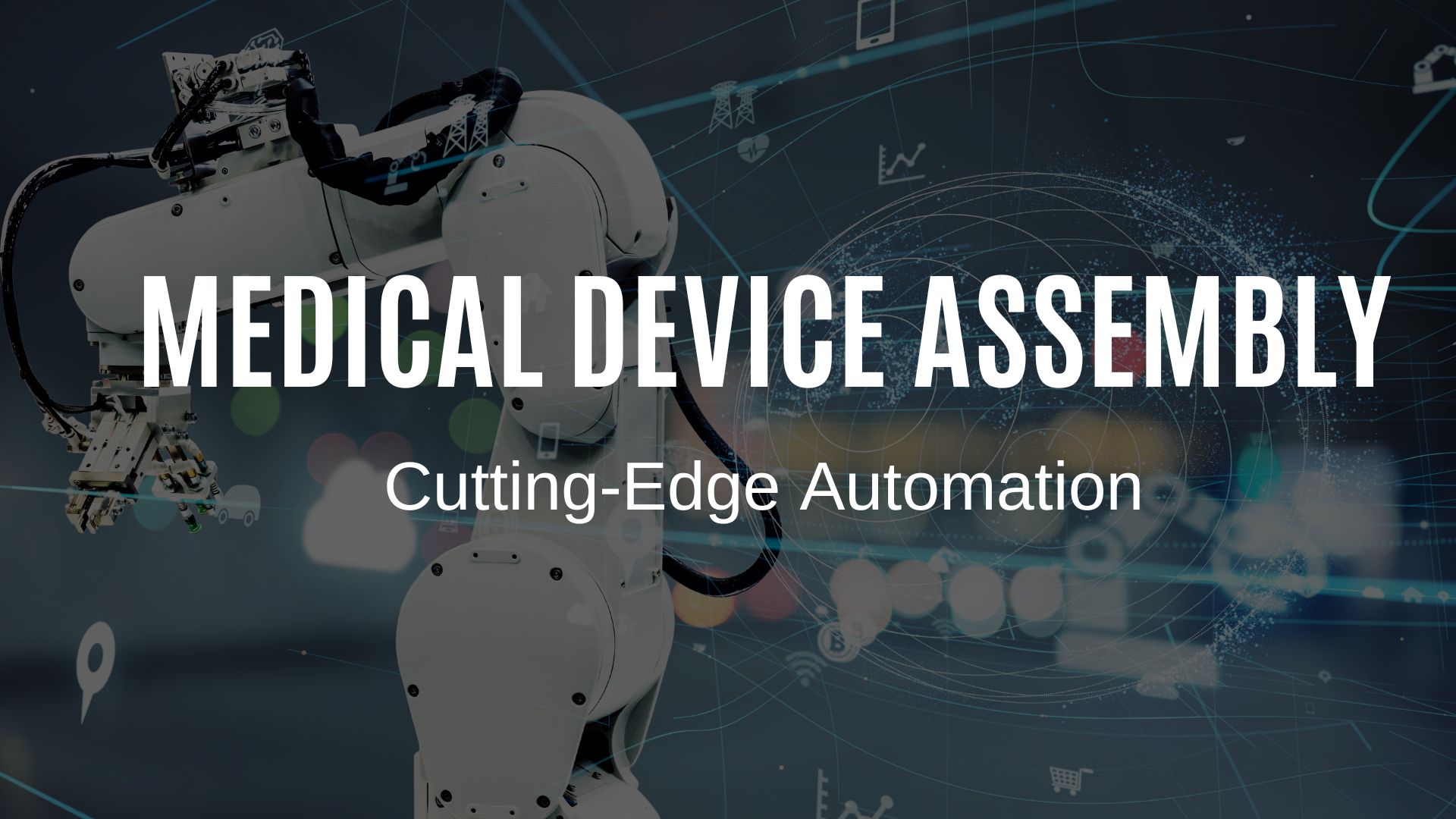Metal Injection Moulding (MIM) in Aerospace Industry
Metal injection Moulding (MIM) is an emerging manufacturing technology across the world for the small, complex, precise and net shape metal parts. MIM technology evolved from Plastic Injection Moulding and Powder Metallurgy.
MIM has been used primarily in the defence sectors and the other important sectors such as consumer goods, sports, tele-communication devices, automotive, hand and power tools. In the recent times, it has gained popularity in the global aerospace industries as well.
The Aerospace industry demands parts with highest quality, innovative designs with better part performance and MIM is here to meet this challenge.
MIM has the following inherent capabilities, because of which it is one of the best suitable manufacturing processes for small and complex metal parts for Aerospace applications:
- Cost reduction: MIM has the potential to enable component cost reduction, based on its near-net shape capability, which presents the opportunity to reduce process steps.
- Efficient resource utilisation: MIM offers improved resource efficiency, particularly regards to high material utilisation levels and lower energy consumption relative to competing, conventional manufacturing processes.
- Improved design freedom: Increased design freedom compared with conventional manufacturing processes.
- Wider material choice: MIM offers an improved choice of material compared with conventional processing, as nearly every alloy can be made available in powder form to be consolidated by sintering.
MIM technology has found several applications in the aerospace sector, including high performance engine components like HPC Stator vanes in high pressure compressor section of jet engines, seatbelt parts, latches, fittings, spray nozzles, vane arm, adjustment levers, frame and plate parts in armature assembly in servo motors used in Aircraft turbine system, electrical connectors for wire-harness system in the aircraft.
Wide Material Choices through MIM for Aerospace Industry:
MIM can manufacture most of the alloys offered by wrought and cast route for Aerospace applications. MIM offers an improved choice of materials compared with conventional processing.
Primary MIM materials for aerospace applications include stainless steels (SS 17-4PH, 316L), 304L, Soft magnetic materials Fe-Ni alloys like Fe-50 Ni, Nickel base superalloys (Hastelloy X,
Inconel 625, 713C and 718, Nimonic 90 and 80A) and variants. Titanium alloys Ti-6Al-4V and TiAl are also can be used.
MIM’s ability to produce complex, high-volume, high-performance titanium components offers attractive possibilities to reduce aircraft weight.
MIM materials have various advantages like homogeneous microstructure and isotropic material properties with no interconnected porosity which is normally present in the PM parts. Hence, MIM is suitable manufacturing process for complex aerospace parts with higher part performance and material properties at par with wrought and cast route.
| Material Category | Material Name | Properties | Applications |
|---|---|---|---|
| Stainless Steel | MIM SS 316L | Corrosion resistance, non-magnetic, ductile
Hardness : 100 HRB max UTS : 450 MPa YS : 150 MPa %E : 40 min |
Electrical connectors for wire-harness system |
| Stainless Steel | MIM SS 17-4 PH | Corrosion resistance, magnetic, higher strength and hardness
Hardness : 35 – 43 HRC UTS : 1070 MPa min YS : 970 MPa min %E : 4 min Above properties in solution annealed and H900 aged condition |
Seatbelt parts, latches, fittings |
| Nickel base super alloys | INCONEL 718 | Good tensile, fatigue, creep, and rupture strength at elevated temperature and higher corrosion resistance
Hardness : 35 HRC UTS : 1180 MPa YS : 900 MPa %E : 5 min Above properties in solution annealed and aged condition |
Spray nozzles, vane arm adjustment levers, vanes |
| INCONEL 713 LC | Higher resistance to oxidation and thermal fatigue and outstanding structural stability
Hardness : 20 HRC UTS : 900 MPa YS : 650 MPa %E : 5 min |
HPC Stator vanes in high pressure compressor section of jet engines, sealing plates | |
| Fe-Ni Soft magnetic materials | Fe-50Ni | High permeability and low coercive field
Hardness : 100 HRB max UTS : 400 MPa YS : 100 MPa %E : 25 min |
Frame, plate, coil housing, bobbin parts in armature assembly in servo motors used in Aircraft turbine system |
| Titanium alloys | Ti-6Al-4V | High strength-to-weight ratio, resistance to high temperatures, and excellent corrosion resistance Hardness : 30 HRC max UTS : 900 MPa YS : 830 MPa %E : 10 min | Structural applications and vanes for engines |
MIM is inherently a lean manufacturing process as it produces a near net shape component with fewer production steps and requires few secondary finishing operations. MIM process can be controlled to get the consistent high-volume production with proper process control measures and quality system. As MIM has fewer steps in the manufacturing process, it is easy to trace the manufacturing process from raw material receipt stage to the stage of despatch of finish goods. This is advantageous for Aerospace part manufacturing.
Thus, MIM is used as a proven manufacturing process for complex Aerospace parts with high quality & regulatory requirement.





